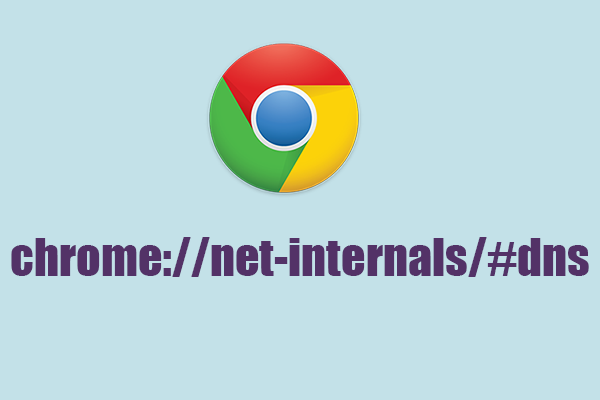Tips to clear cache with chrome //net-internals/#dns on Window or Mac
3 min read
chrome net internals dns
If you’ve been experiencing frustrating internet issues and have tried various troubleshooting steps without success, clearing the DNS cache on your PC (whether you’re using Windows or Mac) and your web browser (specifically Google Chrome) can be a valuable solution.
If you’re unsure about how to proceed, this article provides the answers you’ve been seeking!
What is Chrome //Net-Internals/#DNS Cache?
DNS, which stands for Domain Name System, serves as an index for all websites on the internet and their corresponding IP addresses. When you visit a website, your browser initiates a DNS lookup to find the website’s IP address before displaying the webpage.
To expedite this process and improve your browsing experience, both your computer and browser store information in a DNS cache. However, over time, this cache can become corrupted, leading to network connectivity issues. When this happens, it’s advisable to clear the DNS cache. Here are instructions for doing so in Chrome on both Windows and Mac.
What Does DNS Cache Flushing Mean?
DNS cache flushing entails the removal of DNS-cached entries in Google Chrome. After flushing, Chrome will request the most up-to-date IP addresses and DNS details for websites. In this article, we’ll outline the steps to clear the DNS cache in your system as well as other browsers.
For Windows:
To clear the DNS cache in Windows, open the Command Prompt either from the Start menu or by pressing Ctrl + R, typing “cmd,” and clicking “OK.” Once in the Command Prompt, enter the following command:
C:\>ipconfig /flushdns
You will receive a confirmation message indicating that the DNS Resolver Cache has been successfully flushed.
For Chrome:
Chrome, like operating systems such as Windows, also caches DNS records. To clear this cache, follow these steps:
- Open a new Chrome tab.
- In the address bar, enter “chrome://net-internals/#dns” and press Enter.
- You will be directed to a page with a document. Click the “Clear Host Cache” button to clear Chrome’s DNS cache. You will see prompts and confirmation messages, but this straightforward process will automatically clear Chrome’s DNS cache for you.
For Firefox:
In Firefox, DNS cache clearing is possible by restarting the browser since the cache is not stored on disk. Alternatively, you can remove only the DNS cache from memory without restarting the browser. Here’s how:
- Open a new tab in Firefox.
- In the address bar, type: “about:networking#dns.”
- You will access a page displaying DNS cache information and offering an option to “Clear DNS Cache.” Click this option to remove the cache from your browser’s memory.
For Safari:
Safari provides a hidden option to clear caches from various servers, including DNS. However, you’ll first need to enable the “Develop” menu:
- Open Safari and go to “Preferences.”
- In the “Advanced” tab, check the box next to “Show Develop menu in the menu bar.”
- You will now see a new option, “Develop,” in Safari’s menu bar.
- From the “Develop” menu, select “Empty Caches” to clear your browser’s cache, including all DNS-related caches.
For the most effective results, it’s advisable to restart your browser after clearing the cache.
Clearing DNS Cache in Chrome on Mac:
- Open a new Chrome browser window.
- In the address bar, type “chrome://net-internals/#dns” (without quotes) and press Enter. This will open the DNS page within Chrome.
- On the DNS page, click the “Clear host cache” button to clear the DNS cache in Chrome on your Mac.
In summary, these steps allow you to clear DNS caches on your system, including the operating system and various browsers. This process is generally straightforward and can enhance security and privacy in specific scenarios, particularly in the public sector. However, it can also be useful for troubleshooting connectivity and DNS resolution issues, especially for VPN users whose caches may become outdated.






